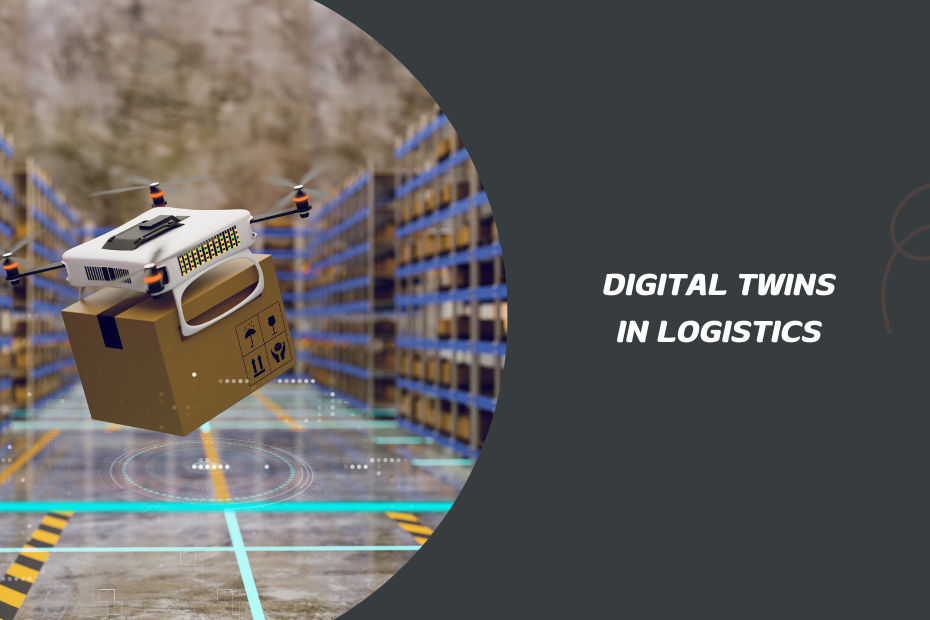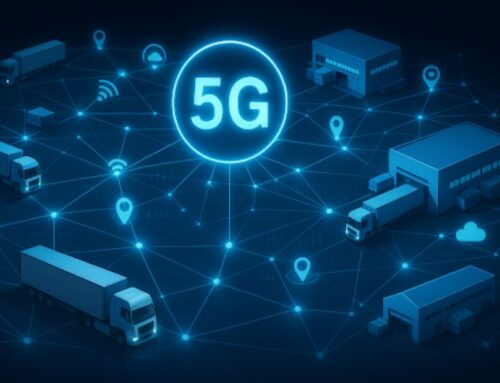As logistics operations grow increasingly complex, there’s a constant push to find innovative solutions that enhance efficiency, reduce costs, and improve accuracy. One of the most transformative tools emerging in this field is the digital twin. In logistics, digital twins offer a virtual representation of physical assets, processes, or entire supply chains, which allows for real-time data analysis and simulation. Based on my experience in logistics and research into this topic, I can say that digital twins are reshaping how companies manage their supply chains, providing benefits like increased visibility, proactive risk management, and optimized resource use. Let’s explore what digital twins are, how they work, and why they are essential to the future of logistics.
What Exactly Is a Digital Twin?
A digital twin is a virtual replica of a physical object, system, or process, created to mirror real-world logistics operations in real-time. These digital models use data collected from Internet of Things (IoT) devices, sensors, and various other data points, providing a constantly updated simulation of the logistics environment. This means that everything from vehicles and warehouses to shipments and transportation routes can be replicated and monitored digitally.
By simulating real-world conditions and operations, digital twins enable logistics operators to make data-driven decisions. For instance, if a digital twin detects a delay at a port, the logistics team can reroute shipments or adjust inventory levels, all without causing major disruptions. This level of predictive power is what makes digital twins such a powerful tool in modern logistics.
How Digital Twins Enhance Real-Time Visibility
Real-time visibility has always been a challenge in logistics, where delays, equipment malfunctions, or miscommunication can slow down the entire supply chain. Digital twins provide an unmatched level of visibility by giving managers real-time data on every aspect of their operations. By continuously monitoring IoT sensors installed on trucks, cargo containers, and warehouses, digital twins provide a live feed of what’s happening on the ground.
For example, if a shipment is stuck in traffic, the digital twin will immediately register this, allowing logistics managers to adjust the delivery schedule or reroute other shipments to maintain efficiency. Additionally, having access to real-time data helps logistics teams identify bottlenecks and inefficiencies faster, which means quicker problem resolution and fewer disruptions.
This level of visibility is especially critical in just-in-time (JIT) logistics systems, where delays can have cascading effects. With a digital twin providing real-time insight, logistics operators can ensure that products arrive exactly when needed without unnecessary delays.
Optimizing Fleet and Resource Management
Managing fleets effectively is essential in logistics, where vehicle maintenance, fuel costs, and route planning directly affect a company’s bottom line. Digital twins enable logistics managers to optimize their fleet operations by providing insights into vehicle health, performance, and usage patterns. This ensures that logistics companies can maximize the utility of their assets while minimizing downtime and operational costs.
For example, a digital twin can monitor the wear and tear on a delivery truck in real-time, predicting when maintenance will be required before a breakdown occurs. This predictive maintenance approach helps prevent costly downtime and extends the lifespan of logistics equipment.
Furthermore, digital twins can optimize route planning by using real-time traffic data, weather forecasts, and fuel prices to suggest the most efficient delivery routes. This reduces delivery times and lowers fuel consumption, contributing to cost savings and improved environmental sustainability.
Proactive Risk Management and Predictive Analytics
In logistics, anticipating and mitigating risks before they occur is crucial for maintaining the integrity of the supply chain. Digital twins excel at predictive analytics, which allows logistics teams to foresee potential disruptions and take preemptive actions. By running “what-if” scenarios, digital twins simulate various conditions—such as equipment failures, unexpected demand spikes, or road closures—and help logistics managers plan accordingly.
Consider the example of cold chain logistics, where maintaining specific temperature ranges is critical. A digital twin can track temperature changes in real-time and send alerts if the conditions inside a refrigerated container start to deviate from the required parameters. This level of monitoring ensures that goods are delivered in optimal condition, reducing waste and ensuring compliance with regulations.
Moreover, in times of global supply chain disruptions—such as natural disasters or geopolitical events—digital twins help logistics teams reroute shipments, adjust inventory levels, and deploy resources to mitigate the impact of the disruption.
Supporting Sustainability Goals
Sustainability is becoming a top priority for logistics companies around the world. As businesses strive to minimize their environmental impact, digital twins play a key role by identifying areas where efficiencies can be improved. For example, by simulating different shipping routes and transportation methods, digital twins can recommend the most fuel-efficient options, reducing both fuel consumption and carbon emissions.
Many logistics companies are also using digital twins to explore the viability of using electric vehicles for local deliveries or optimizing packaging methods to reduce waste. By continuously analyzing operations, digital twins help logistics companies make more sustainable choices without compromising on efficiency.
This helps businesses meet environmental regulations and appeals to eco-conscious customers, enhancing brand reputation in a competitive market.
Improving Collaboration Across the Supply Chain
One of the standout features of digital twins is their ability to improve collaboration among all stakeholders in the supply chain. By creating a shared virtual model that all parties—from manufacturers and suppliers to distributors and retailers—can access, digital twins ensure that everyone is working with the same up-to-date information.
For example, if a shipment is delayed at customs, everyone involved in the supply chain can see the real-time status of the goods and make adjustments as needed. This level of transparency helps avoid miscommunications, reduces delays, and fosters better relationships among supply chain partners.
Additionally, digital twins provide stakeholders with insights into how their operations affect others, leading to more efficient coordination. This level of real-time collaboration is particularly useful in complex, global supply chains where multiple parties need to stay aligned.
Reducing Costs and Increasing Operational Efficiency
Ultimately, digital twins provide significant cost savings by improving operational efficiency across the supply chain. By monitoring assets in real time, optimizing resource use, and predicting maintenance needs, companies can reduce operational costs while increasing the overall performance of their logistics systems.
For example, digital twins can minimize inventory holding costs by predicting demand more accurately and ensuring that products are available when needed, but not overstocked. This is particularly important in industries with perishable goods or rapidly changing consumer demands.
Additionally, the ability to simulate logistics processes before they happen means companies can avoid costly mistakes and optimize operations from the outset, further contributing to long-term cost savings.
What are the main benefits of digital twins in logistics?
- Real-time visibility into supply chain operations
- Predictive maintenance and reduced downtime
- Proactive risk management through simulations
- Enhanced sustainability through optimized routes and fuel usage
- Improved collaboration among supply chain partners
Digital Twins: The Future of Efficient and Accurate Logistics
In a world where logistics operations are becoming more complex and customer expectations continue to rise, digital twins offer an innovative solution to many of the challenges faced by logistics companies. By providing real-time visibility, optimizing resource management, and enabling proactive risk mitigation, digital twins are transforming logistics operations, making them more efficient and accurate. Whether it’s improving sustainability or enhancing collaboration across the supply chain, digital twins are proving to be an indispensable tool in the modern logistics landscape. For companies looking to stay competitive, investing in digital twin technology is not just an option—it’s a necessity.










